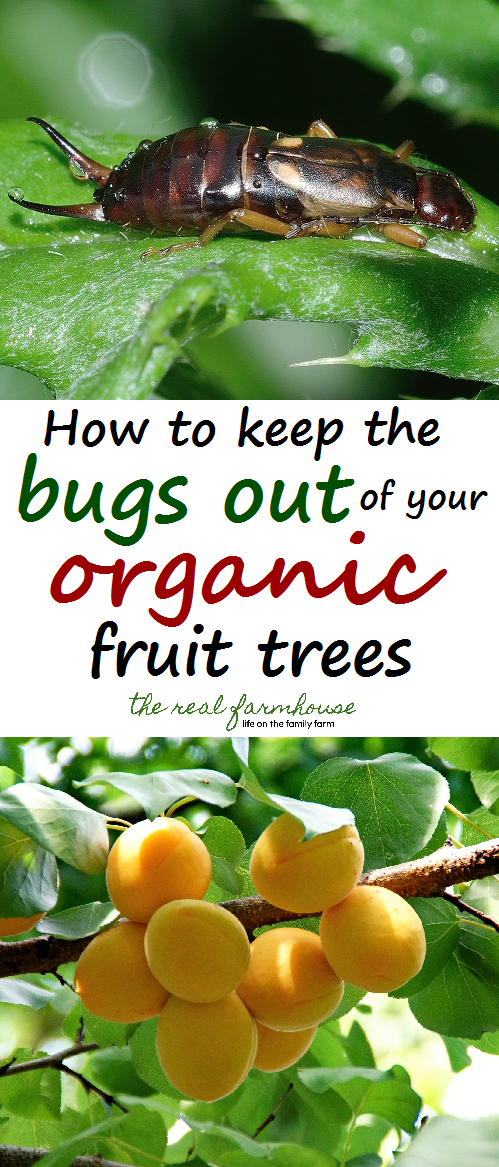
Two years ago our apricot tree had an amazing crop. Beautiful, perfect, huge, delicious looking apricots dripped from each and every branch. Some branches were so loaded with jumbo sized fruit, that they touched the ground. I was so excited! I had big plans to eat apricots until I was sick, take bowls full to our friends, and then pick boxes of unblemished gems to sell down at the local fruit stand. It was a dream seriously.
Then something awful happened. Just as the sweet smelling fruit ripened to perfection, the earwigs came. It seemed like overnight and the entire tree was overtaken. Every apricot we picked looked wonderful on the outside, but once it was torn open, earwigs poured out into our hands leaving squishy, half eaten apricots. I wanted to cry. The kids would pick apricot after apricot and 9 times out of 10 they were infested.
We enjoyed only a handful of apricots that year, and since that day I have declared war on the earwigs!
The following spring I read and researched everything I could find until I came up with the best plan. And guess what? That plan worked like a charm. The last two years we have had not one earwig inside our precious apricots. So naturally I would want to share it with you! I am so thrilled that we conquered our earwigs, that I want to conquer everyone else’s too!
[wp_ad_camp_2]
You only need two things:
- Something to wrap your tree with. They make special tree tape that you can check out right here. I am sure it makes it easier and prettier, but my method is cheaper…. and uglier. I use quilt batting and saran wrap. Yes, I am going all hillbilly here and my tree looks like it’s wrapped in a blanket, but I already had this stuff on hand and it worked just fine. Scroll down for the picture.
- Tanglefoot. This stuff is incredible! It’s a sticky substance, reminds me of really thick honey, that you paint on the trunk of the tree. Every insect that tries to cross it on it’s way up to your delicious smelling fruit, is trapped and can’t escape. It’s certified organic, its cheap, and you only have to apply it once a year.
Once you have your wrap and your Tanglefoot, it is really simple to apply.
- Wrap the quilt batting around the trunk of the tree. It will cling to it pretty well. Make sure you don’t leave any gaps or you will miss a few crawling bugs.
- Grab a partner to help you wrap the saran wrap around the tree on top of the quilt batting. One person hold the end in place, while the other wraps it around. I made it pretty tight and wrapped around the tree two or three times, so no earwigs would sneak underneath it.
- Use a paint stick, or anything else you can find, to spread the Tanglefoot around the tree, on top of the saran wrap. Keep in mind this stuff is STICKY. You do not want it all over your hands so find something long. It’s also nice to use something you can throw away when you’re done so you don’t have to worry about washing it.
- You can remove it after your tree is done fruiting or you can just leave it on there, it’s not going to hurt anything …. well except the bugs! Replacing it every year will make it more effective because it gets pretty covered, especially if you live in a windy area.
Here is what ours looks like after a season. We live in a very windy area so there is plenty of dirt and leaves, but it still did it’s job wonderfully!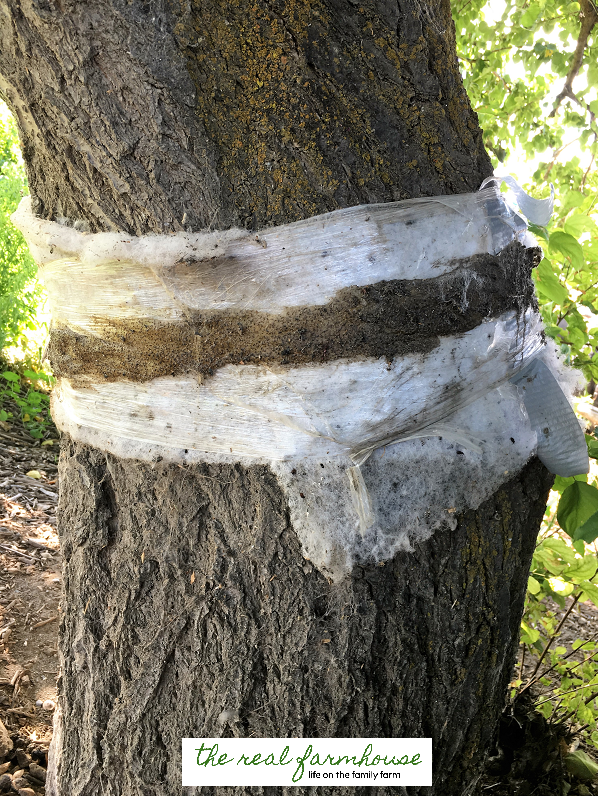
I really can’t recommend Tanglefoot enough. I only used about $5 worth of it to protect two fully grown apricot trees so it is well worth the investment!
CLICK HERE to purchase Tanglefoot and protect your organic fruit trees from all those nasty creepy crawlies! (Affiliate link included)
Need more detail than the blog post can give ya, either visually or verbally? CLICK HERE for the YouTube Video I created to show you just what I do to save my plants from the dang bugs.
Here’s to never having another climbing bug in your tree fruit again! Now for the flying bugs ……
~Farmer’s Wife


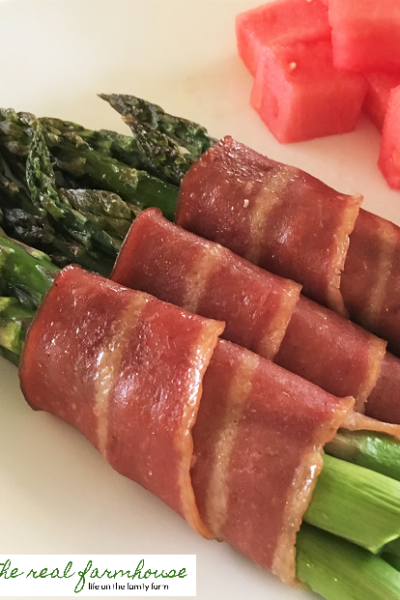
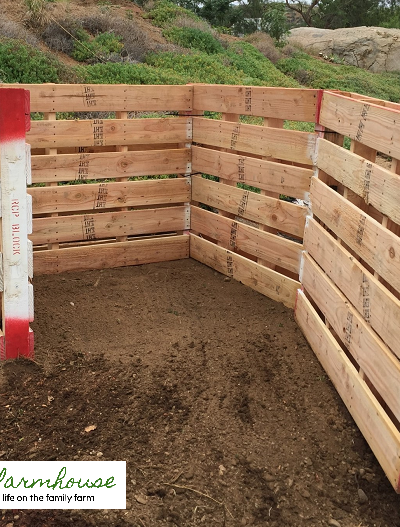
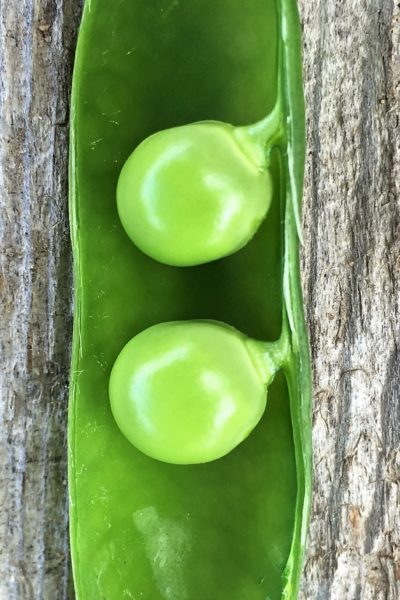

Can you explain this in a little more detail. I expected to see the trunk covered in batting and saran wrap from the bottom up several feet, but your photo indicates that you started a couple of feet up the tree and then wrapped maybe a foot or so up from there. Also, when does the wrap need to be placed to protect the fruit?
Thanks in advance for very helpful information.
Hi Martha,
I apologize for not being specific enough. The wrap only needs to be in one strip all the way around the trunk because you are simply making a line that the bugs can not cross without getting stuck. It really doesn’t matter how low or how high it is, as long as it wraps all the way around the trunk. I place my new wrap in the early spring time when the apricots start to grow. The bugs don’t usually start coming until the fruit begins to ripen because that’s when they can smell it. I hope that answers your questions!
Thank you very much for the information, we had the same problem. Thanks again!
Thank you so much for the information I to have had the disappointment of the insects destroying my fruit. Martha
Would you have any advice for flying insects that sting fruit? im not sure what the bugs are called but we have a beautiful guava tree and three plum trees that we bever get to eat the fruit frim because of these critters. Any ideas at all?
I wish I had a solution! The wasps are what cause problems around here. I am on a mission to figure out how to keep them off my tree fruit. When I find a way to do that, I will let you know!
I have a fly that burrows into my Peach trees and kills the new branches. So each Spring before they emerge I have sticky fly strips for a week. Its less effective but less destructive to do it when they return In the mid to late summer. I hate to kill off the pollinators in the spring so I prefer the mid summer. My Mason bees are gone by then. Over the few years I have managed to save my Peach trees and kept the destruction down to a minimum.
Thanks Malonie!
You can use material like screening that you use in your screen door and put over the tree branches. The clear type is best, so the sun can get to the fruit.
There is also a type of material that you can get at a fabric store, its what tutus are made of … a really lightweight, breathable fabric. Drape this over the tree as well.
You might need to use a ladder and a friend if your tree’s are tall.
Hello. I have peach and mango trees. We don’t enjoy our fruits when ripen because of the small white worms inside the entire fruits
Using tanglefoot will eliminate the problem if they are creeping bugs coming up from the ground. They could be coming from the eggs of flying insects though, and if that is the case, tanglefoot won’t do anything for them. We had ants, earwigs, and worms in our apricots and tanglefoot has kept all three of them off our fruit.
You may have Fruit fly larvae.
We have a problem with inch worms in the spring here in the Carolinas. Our whole city is a war with them. We warp our trees by December the way you describe and wait to use Tanglefoot until the leaves have fallen. It is very effective. Inch worms will strip an oak tree of its new leaves in spring completely. Plus you can walk anywhere without getting worms in your hair and on your clothes. Very annoying. Now if it would only work n squirrels.
Wow that sounds miserable, I am glad you found a solution! I’ll let you know when I figure out the squirrel issue if you can solve my problem with gophers!
What about Web Worms on pecan trees?
Unfortunately web worm moths are a flying insect that lays their eggs in the tree. This method is effective for creeping and crawling insects, not flying ones. You may need to look into neem oil or organic insecticides for web worms.
Can avocados be saved, preserved through winter?
I don’t know that sorry, I have never preserved avocados. I will do some research and see what I can find out.
Concerning squirrels,raccoons, possums and the like you can purchase coyote piss and spray it on the trees and will keep them away!
I have heard of that, thanks for writing it here! How often do you have to spray it on?
this is true. works to keep coons away from corn and peaches too
Oh cool, good to know
It’s hard to judge the size of anything in your pictures. How wide is the batting strip? How wide is the Saran Wrap strip? Does the Saran Wrap extend all the way to the edges of the batting; or does some of the batting stick out from under the Saran Wrap? How wide should be tanglefoot strip be? Thanks
So sorry John, I will try to get some better pictures up sometime! The batting strip was about 1 foot wide. The saran wrap was just barely skinnier than that, so like 8-10 inches. Some batting sticks out on each side. The tanglefoot strip was about 3 inches wide. It doesn’t have to be exact. The purpose is to make it so any bug that goes up your tree has to cross the tanglefoot. If there are ways underneath the batting and saran wrap, they might sneak between it and the tree. If you have a ton of bugs, it may be wise to make your tanglefoot strip a little wider so that it has more surface area to keep catching bugs. Good luck getting those little buggers!
I discovered much to my dismay that earwigs FLY…..they evidently don’t particularly like to….but they can….EEEEWWWWW!
They have invaded our house the last 2 springs….ugh!
An old orchard trick that works for the moths that lay eggs on blooming Apple trees, use half gallon plastic jugs for small trees, or gallon jugs for large trees. Fill about a third full, then add a couple tbsp. of vinegar, and couple tbsp of sugar. Swish to dissolve, and hang in trees. If you have really large trees, you may need up to four jugs. These must be hung before blooming. The moths go into the jugs. As they fill with dead critters, just empty and refill till bloom time is done. This method does not affect bees, or pollinators. It really works. I hang with strips of cloth on sturdy branches. This tip was taught to me by a eighty year old nun, who was an avid grower. She made the best pie crust too. I think she was one of Gods favorites.
Wow that is so cool! Awesome tip, and a fun story to go with it. I bet that nun had a million great secrets we could have learned from her. Thanks so much for sharing, I will absolutely be trying it this season.
I live in North Carolina and have a terrible problem with Japanese beetles way too many for just the beetle traps. Suggestions?
Hi Shirley,
I think the method I described in this article would work great unless they are flying beetles.
You could even do multiple strips of Tanglefoot if you feel like there are tons and tons of bugs.
I hope that helps!
Very interesting. I have a peach tree ready to bloom and I would like to keep it from getting worms inside the fruit.